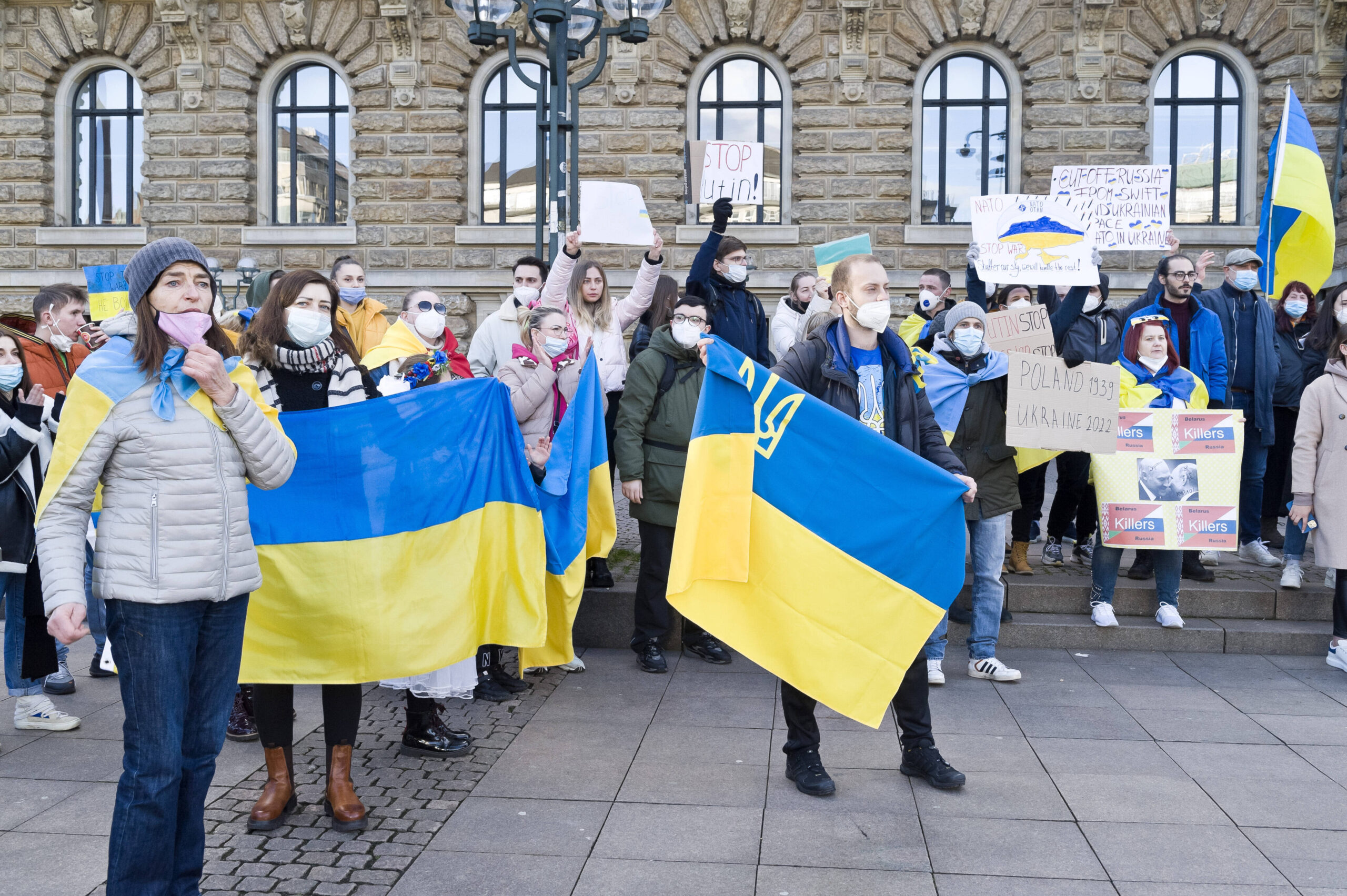“We will equip ourselves with the legal means to seize the entirety of [leurs] goods.” Monday, Bruno Le Maire announced a new salvo of threats towards the Russian oligarchs who would support the regime of Vladimir Putin. For the moment, explains the executive, these movable and immovable property in France (housing, yachts, luxury vehicles, financial assets, etc.) of the 488 personalities concerned by the sanctions are simply “frozen.” As we explain in this article, freezing assets means limiting access to these assets, temporarily, to their owners. The freeze thus makes it possible to prohibit these owners from profiting from their property via a sale, or a rental. For purists, this procedure relies on article L562-3 of the Monetary and Financial Code. Via this text, the Minister of the Economy Bruno le Maire can thus decide to freeze, for a renewable period of six months, the assets of the personalities sanctioned “in application of article 29 of the Treaty on European Union or of the 75 of the Treaty on the Functioning of the European Union”. The list of personalities whose property is currently frozen in France, for curiosity, can be consulted on this platform set up by the Ministry of the Economy.
>> Read also – Russian oligarchs’ yachts flee US ports to avoid seizure
However, these sanctions do not (yet) make it possible to dispossess the wealthy Russian oligarchs from their homes on the Côte d’Azur. And for good reason, legally, Bercy cannot: this is why Bruno Le Maire’s entourage claims to want to build a “new legal basis”, a new text, which would make it possible to carry out definitive seizures. While waiting to find out what this “new legal basis” promised by Bercy will look like, here are two exceptional cases which make it possible to seize real estate in France.
- Foreclosure linked to a debt
The first case of possible foreclosure concerns mortgage borrowers in default of payment. In the event of default in payment of the latter, and assuming that all requests for amicable recovery have previously failed, the bank (if the borrower has guaranteed his property via a mortgage) or the Crédit Logement group (alternative to the privileged mortgage today with a majority of borrowers) can resort to legal proceedings to recover the sums lent. After three unpaid monthly payments, the bank alerts Crédit Logement, which then carries out a diagnosis of the borrower’s situation. “If the situation is not irreparably compromised, our approach is to build with the debtor a plan for settling its arrears over several months and resuming payment of its current installments”, explains the group. Crédit Logement specifies that at the end of the remediation plan, normal management can resume in more than 50% of the cases treated. This path will only be adopted “in the event of the absence of a serious alternative” to recover this money, assures the group.
If ever the mediation does not succeed… A highly codified real estate foreclosure process then begins. First of all, the judge must issue a decision that is enforceable against the debtor. Then, “a judicial officer intervenes”, describes Maître Christine Valès, judicial officer in Toulouse and member of the office of the National Chamber of Commissioners of Justice (CNCJ). A bailiff then presents the debtor with an order to pay equivalent to seizure of property, specifying a period of eight days to settle his debt. “The order to pay is equivalent to seizure”, insists Maître Valès. This clearly means that in this situation, the owner can no longer sell or transfer the property. However, he can continue to live there in the case of a principal residence.
At the end of the eight-day delay, a summons to appear for a guidance hearing is issued within two months of the publication of the order to pay in the mortgage office. This hearing takes place before an enforcement judge. During this hearing, the judge will decide whether to grant the debtor additional payment terms to the debtor, whether to force the sale of the property at auction, or whether to accept the possibility of an “amicable sale” carried out by the debtor himself to repay his debt.
>> Our service – Save money by testing our mortgage comparator
- Seizure related to a crime or misdemeanor in criminal law
Movable or immovable property to individuals can also, in rare circumstances, be exercised in the context of the repression of crime or misdemeanor: we then speak of seizure and/or criminal confiscation. confiscation, described in article 131-21 of the Penal Code, may be exercised in addition to a prison sentence of more than one year. “The confiscation covers all movable or immovable property, whatever its nature, having been used to commit the offense or which was intended to commit it”, describes this article.
These criminal tools, created in 2010, led to the creation of the Agency for the Management and Recovery of Seized and Confiscated Assets (Agrasc), which manages and sells assets seized during sentences handed down as part of penal. According to the activity report published by this agency in 2020, 573 properties were thus seized by the criminal justice system, of which 140 ended up being definitively confiscated. The assets seized by means of a criminal decision allow this agency to carry out lucrative transactions: as of December 31, 2020, Agrasc thus reported having carried out 94 real estate confiscations over the year, for a total gross amount of around 16 .6 million euros.
>> Our service – Save money by testing our credit redemption comparator
–
Receive our latest news
Each week your appointment with real estate news.


